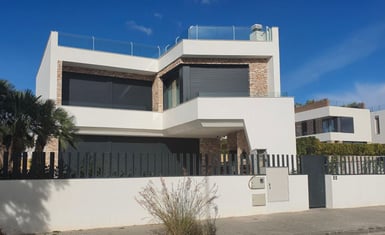One of the great challenges facing buildings today is to implement systems, technologies and elements that help to use electrical energy in an optimal way to avoid waste.
Read moreWhether you are an architect, contractor or developer, you may need to compare the thermal performance of different materials for an upcoming construction project. Thermal performance is a key element in determining the energy efficiency of buildings.
Read moreThe construction sector in Europe mobilises a large amount of natural resources. It also consumes water, energy and generates waste with a high environmental impact. Hence the call for a transition to a circular economy, driven by several actions in different EU...
Read moreThe highest percentage of energy losses occurs when energy is lost through the walls, roofs and windows of a building.
Read moreEnergy efficiency or energy saving is a fundamental tool for mitigating the climate crisis. It is not in vain that 40% of the energy produced in Europe is consumed by buildings, of which 60% is used to heat homes. And, much of the air conditioning is still achieved...
Read more






